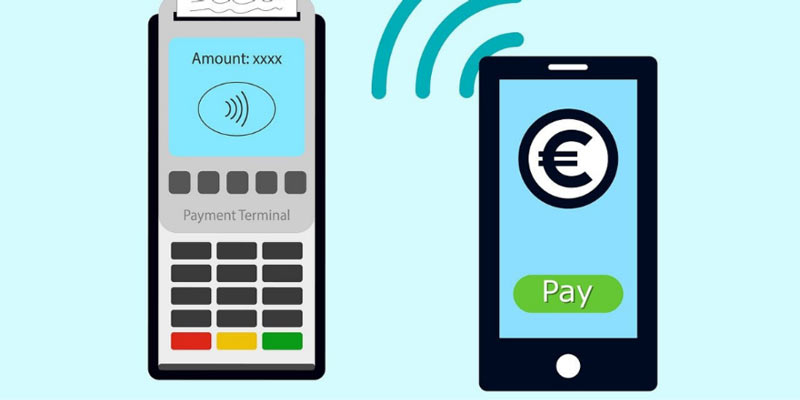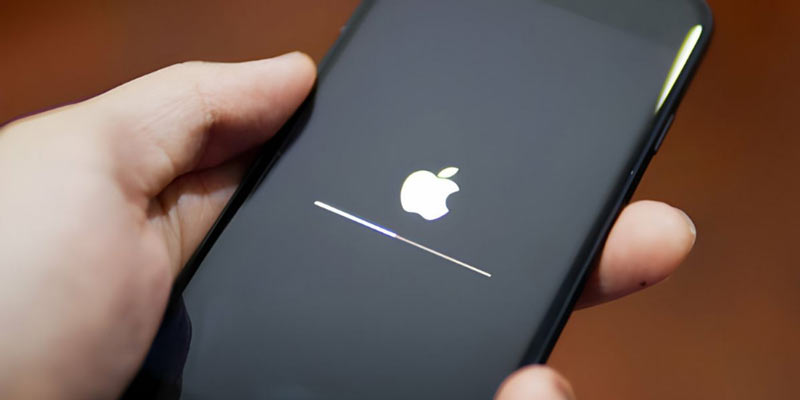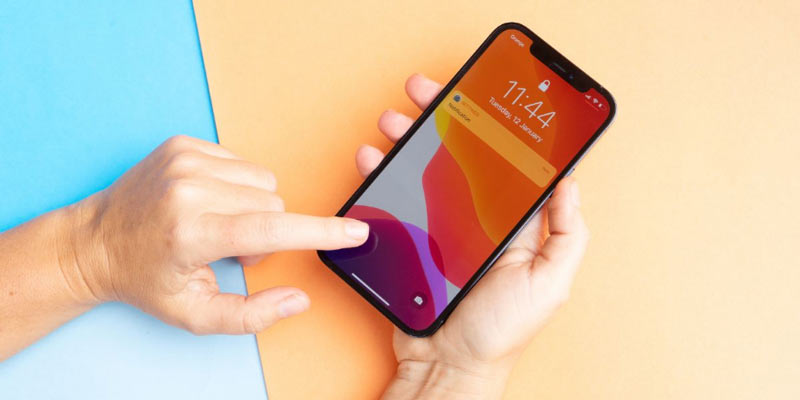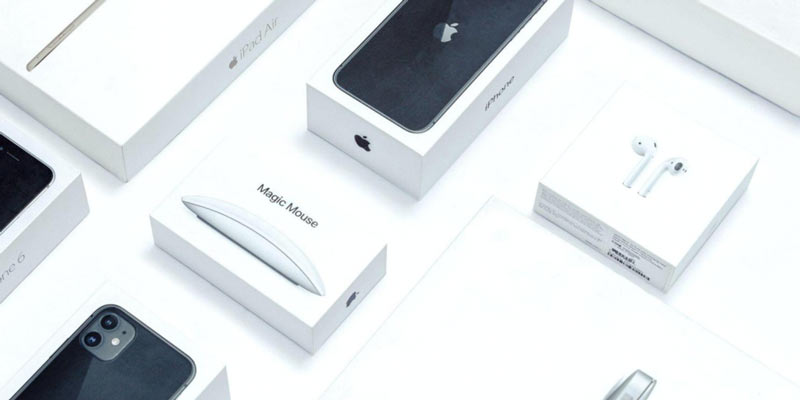In a long-awaited move, Apple has finally opened up Near Field Communication (NFC) technology on its iPhones, promising a plethora of possibilities for users. With this newfound accessibility, users can now leverage NFC capabilities for various purposes, including utilizing digital access cards.
This decision by Apple marks a significant step forward in mobile technology and opens doors to a range of exciting opportunities. In this article, we will delve into all we should know about NFC. We will discuss the reasons behind Apple’s decision, the changes we can expect after this development, and how to make the most of NFC on iPhones.
What is NFC?
Near Field Communication is a revolutionary wireless communication technology. In short, an NFC card facilitates data exchange between devices when they are placed close together, typically within a few centimeters of each other. This remarkable capability enables seamless and secure communication, opening up a world of possibilities for various applications.
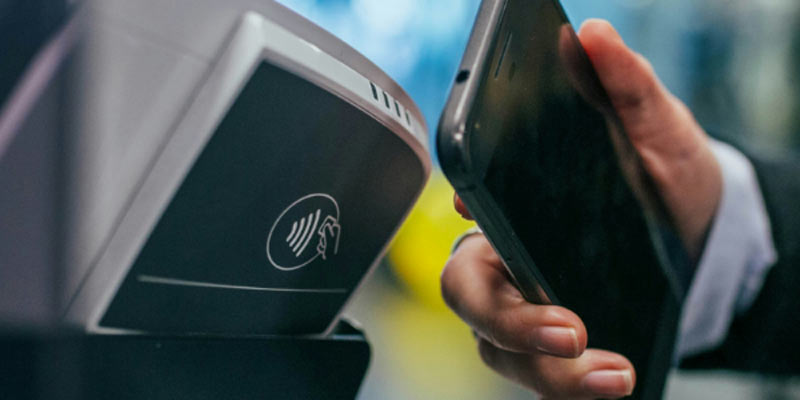
At its core, NFC operates on the principles of electromagnetic induction, a process where electric current is generated in a conductor by varying the magnetic field around it. In the context of NFC, devices contain small coils that emit electromagnetic fields. When two NFC-enabled devices come into close proximity, these coils interact, inducing a current in the secondary device’s coil, thus establishing communication.
The Reasons Behind Apple’s Decision
Apple’s decision to open up NFC (Near Field Communication) on iPhones represents a strategic response to evolving market demands and technological trends. After years of restricting NFC functionality primarily to Apple Pay, the company has recognized the need to expand access to this technology for both developers and users. Several key factors have influenced Apple’s decision:
Growing Demand for Expanded NFC Capabilities
Over time, there has been a surge in demand for broader NFC functionality beyond just mobile payments. As consumers increasingly rely on smartphones for a wide range of tasks, there is a growing need for expanded NFC capabilities. By doing so, NFC cards are able to support diverse applications such as access control, ticketing, and information sharing. By unlocking NFC on iPhones, Apple is addressing this demand and opening the door to many new use cases and possibilities.
Rise of Digital Access Cards
The transition from traditional physical access cards to digital alternatives has gained momentum in various industries. Organizations and institutions are embracing digital access cards as a more convenient, secure, and environmentally friendly alternative to traditional cards. With NFC technology playing a crucial role in facilitating access control, the ability for iPhones to read NFC tags beyond Apple Pay transactions becomes essential. By enabling iPhones to support NFC cards, Apple is meeting the needs of organizations and users alike.
Alignment with Industry Trends
Apple’s decision to open up NFC on iPhones reflects broader industry trends toward interoperability and openness. Operability between devices, platforms, and ecosystems has become increasingly important in a rapidly evolving technological landscape. By embracing NFC technology more expansively, Apple is demonstrating its commitment to allowing users to interconnect and collaborate within its ecosystem. This is done while aligning with broader industry standards and initiatives.
Enhanced User Experience
By expanding NFC functionality on iPhones, Apple aims to enhance the overall user experience for millions of iPhone owners worldwide. NFC technology offers a seamless and convenient way to interact with the world around us, whether making payments, accessing secure locations, or sharing information. By unlocking NFC on iPhones, Apple empowers users with greater flexibility and convenience in how they use their devices, ultimately enriching the overall user experience.
Changes After iPhone Opens NFC
The opening of NFC (Near Field Communication) on iPhones heralds a significant shift in how users interact with their devices and the world around them. With this development, several notable changes are poised to take place:

Expanded Use Cases
The expanded accessibility of NFC cards on iPhones unlocks many new applications beyond mobile payments. Users can now leverage NFC technology for diverse purposes such as access control, ticketing, loyalty programs, and more. This broadens the scope of possibilities for businesses, developers, and consumers alike.
Access To Digital Access Cards
One of the most significant changes resulting from the opening of NFC on iPhones is the ability for users to utilize their devices as digital access cards. With iPhones capable of reading NFC tags, users can now replace traditional physical access cards with digital equivalents stored securely on their devices. This transformation streamlines access control processes for offices, buildings, events, and other secured locations. Moreover, the shift towards digital access cards reduces reliance on physical cards, leading to cost savings, improved efficiency, and environmental benefits through reduced plastic consumption and waste.
Enhanced Convenience
Integrating NFC cards into iPhones enhances user convenience significantly. Gone are the days of fumbling through wallets to locate the proper access card for lanyards. With digital access cards stored on their iPhones, users can effortlessly gain entry to secured locations with a simple tap or scan of their device. This seamless experience saves time and reduces the likelihood of misplacing or losing access cards, ensuring users always have access when needed.
Improved Security
Digital access cards offer enhanced security features compared to their physical counterparts. These digital credentials can be encrypted to protect sensitive information and prevent unauthorized access. Additionally, features such as remote deactivation provide added security measures in case of loss or theft. Biometric authentication methods such as Face ID or Touch ID further bolster security by requiring the user’s unique biometric data for access, mitigating the risk of unauthorized use. Overall, the transition to digital NFC access cards on iPhones enhances security protocols, providing users and organizations with greater peace of mind.
Integration with Existing Systems
Organizations can seamlessly integrate digital access cards with their existing infrastructure. It is easy to leverage NFC-enabled iPhones without the need for costly hardware upgrades or complex installations. This interoperability ensures a smooth transition for businesses adopting digital access solutions. Users can thus benefit from the added convenience and security of NFC-enabled iPhones by leveraging NFC-enabled iPhones. Their current access control compatibility of NFC technology across various platforms and devices fosters collaboration and interoperability, enabling seamless data exchange and communication in diverse environments.
Making Full Use of NFC on iPhones
A simple process can enable NFC card access on your iPhone. Following these steps:
1. Enable NFC
Begin by ensuring that NFC is activated on your iPhone. Navigate to Settings > NFC and toggle the switch to ON. This simple step enables your device to communicate with NFC tags and other compatible devices, unlocking a world of possibilities for seamless data exchange.
2. Download NFC Apps
Explore the App Store to discover a myriad of apps harnessing NFC technology for various purposes. These apps cater to a wide range of needs, including accessing buildings, sharing information, making payments, and more. Look for popular apps such as digital wallet solutions, transit systems, event ticketing platforms, and access control applications. By downloading and installing these NFC-enabled apps, you can harness the full potential of NFC technology on your iPhone.
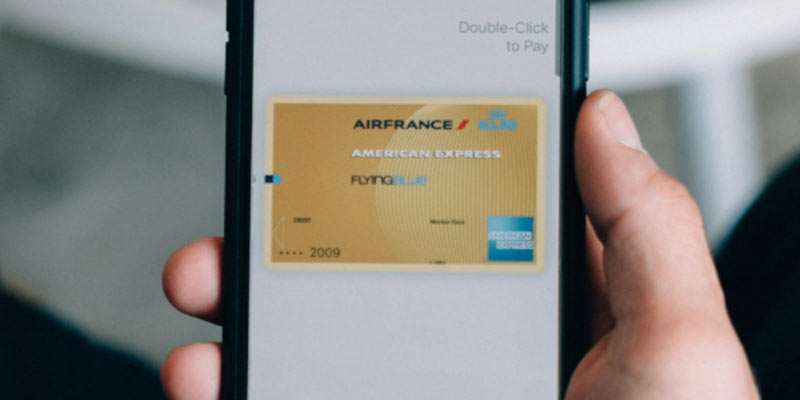
3. Add Digital Access Cards
If your organization offers digital access cards, take advantage of this feature by adding them to your iPhone’s Wallet app. This process typically involves scanning a QR code or tapping your device on an NFC reader to provision the card securely. By digitizing your access cards, you streamline the authentication process and reduce reliance on physical credentials. Follow the instructions provided by your organization or service provider to integrate digital access cards into your iPhone seamlessly.
4. Tap or Scan
Once your digital access cards are added to your iPhone’s Wallet app, accessing secured locations, events, or facilities becomes effortless. Simply tap or scan your device on the corresponding NFC reader to authenticate and gain entry. Ensure that your iPhone’s screen is active and unlocked for smooth authentication. By leveraging NFC technology in this manner, you eliminate the need for physical access cards, enhancing convenience and security in accessing restricted areas.
5. Explore Other Use Cases
Beyond access control, delve into the diverse array of NFC-enabled use cases available to iPhone users. From mobile payments and transit ticketing to loyalty programs and information sharing, NFC technology offers endless possibilities for enhancing your daily life. Experiment with different apps and services to discover how NFC can streamline tasks, simplify transactions, and enrich your mobile experience. Whether tapping to pay at a retail store, scanning to board public transportation, or sharing contact information with a colleague, NFC empowers you to interact with the world around you in innovative ways.
Final Words
In conclusion, the opening of NFC on iPhones heralds a new era of connectivity, convenience, and innovation. By embracing this technology, users can enjoy seamless access to digital cards, streamlined authentication processes, and enhanced security features. As NFC continues to evolve, we can expect even more exciting use cases and opportunities to emerge, further enriching the mobile experience for iPhone users worldwide.
